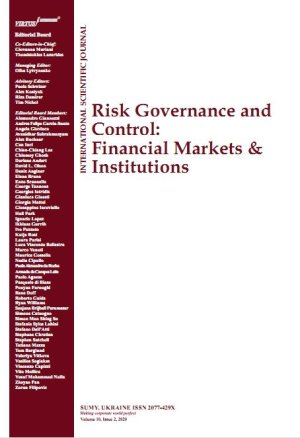
ASSET CORRELATION, PORTFOLIO DIVERSIFICATION AND REGULATORY CAPITAL IN THE BASEL CAPITAL ACCORD
Download This ArticleAbstract
In this paper, we analyze the properties of the KMV model of credit portfolio loss. This theoretical model constitutes the cornerstone of Basel II’s Internal Ratings Based(IRB) approach to regulatory capital. Our results show that this model tends to overestimate the probability of portfolio loss when the probability of default of a single firm and the firms’ asset correlations are low. On the contrary, probabilities of portfolio loss are underestimated when the probability of default of a single firm and asset correlations are high. Moreover, the relationship between asset correlation and probability of
loan portfolio loss is only consistent at very high quantiles of the portfolio loss distribution. These are precisely those adopted by the Basel II Capital Accord for the calculations of capital adequacy provisions. So, although the counterintuitive properties of the KMV model do not extend to Basel II, they do restrict its generality as a model of credit portfolio loss.
Keywords: Assets, Basel Accord, Regulatory Capital
How to cite this paper: Gottschalk, S. (2011). Asset correlation, portfolio diversification and regulatory capital in the Basel Capital Accord. Risk Governance and Control: Financial Markets & Institutions, 1(3), 31-39. https://doi.org/10.22495/rgcv1i3art3



















